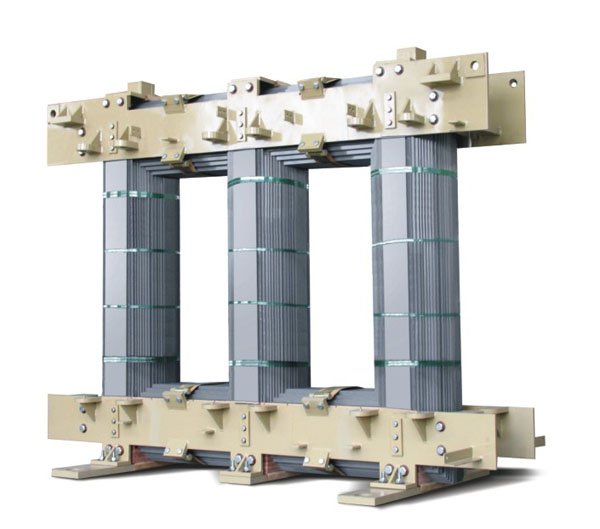Originally posted by BroMikey
View Post
Dave









 I like Chemistry. I eat a book fast now because I used to live in the library all summer till I reached college and drove to bigger ones.
I like Chemistry. I eat a book fast now because I used to live in the library all summer till I reached college and drove to bigger ones.

Comment